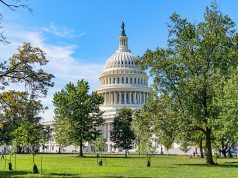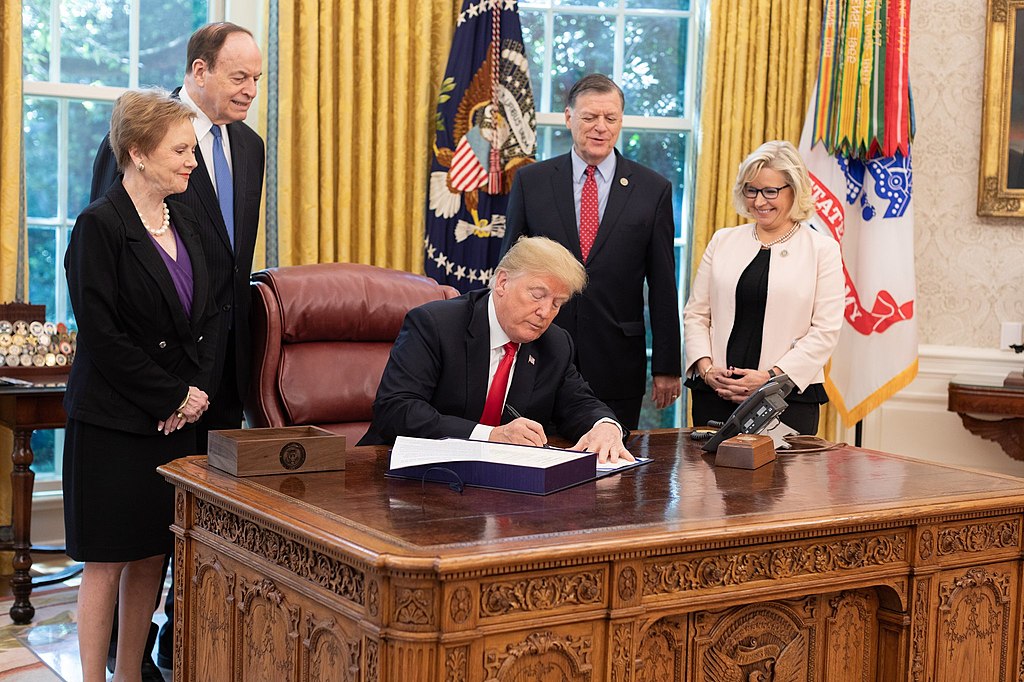The U.S. Supreme Court on Thursday cleared the way for the Trump administration to move forward with nearly $800 million in cuts to National Institutes of Health grants.
The decision allows the administration to withhold funds that had been frozen by a lower court — grants largely tied to diversity, equity, and inclusion (DEI) initiatives, as well as studies focused on minority health, LGBTQ+ issues, vaccine hesitancy, COVID-19, and similar public health topics.
A federal trial court in Massachusetts had previously ruled in June that many of the cuts were “arbitrary and discriminatory,” ordering the temporary restoration of those grants.
But the Supreme Court, acting through its emergency — or so-called “shadow” — docket, overrode that ruling in a narrow 5–4 decision.
Chief Justice John Roberts sided with the liberal bloc in dissent. Justice Ketanji Brown Jackson issued a sharply worded dissent of her own, criticizing the court’s reliance on the emergency process and the brevity of the majority’s explanation.
As SCOTUSBlog reports, the court — also by a 5–4 margin — left in place another part of the lower court’s ruling affecting internal NIH guidance documents outlining the agency’s policy priorities:
Justice Amy Coney Barrett provided the key vote on each issue. She joined Justices Clarence Thomas, Samuel Alito, Neil Gorsuch, and Brett Kavanaugh in voting to allow NIH to terminate the grants, but she joined Chief Justice John Roberts and Justices Sonia Sotomayor, Elena Kagan, and Ketanji Brown Jackson in voting to leave the lower court’s ruling on the guidance documents in place.
Jackson had sharp words for her colleagues, describing the ruling as “Calvinball jurisprudence” – a reference to the Calvin and Hobbes cartoon – “with a twist. Calvinball has only one rule: There are no fixed rules. We seem to have two: that one, and this Administration always wins.”
NIH ended hundreds of grants it linked to DEI-related studies in response to a series of executive orders issued by President Donald Trump after his inauguration in January. The first order, titled “Ending Radical and Wasteful Government DEI Programs and Preferencing,” instructed the director of the Office of Management and Budget, assisted by the attorney general and the director of the Office of Personnel Management, to work to end “discriminatory programs, including illegal DEI” programs in the federal government. It was followed by two other executive orders, titled “Defending Women from Gender Ideology Extremism and Restoring Biological Truth to the Federal Government” and “Ending Illegal Discrimination and Restoring Merit-Based Opportunity.”
Two separate groups of plaintiffs went to federal court in Massachusetts to challenge the termination of the grants. One group is made up of 16 states whose public universities receive funding from NIH, while the other consists of the American Public Health Association, individual researchers, a union, and a reproductive health advocacy group. They contended that the termination of the grants violated both the Constitution and the Administrative Procedure Act, the federal law governing administrative agencies.
The administration argues the research in question lacks scientific rigor and was driven more by ideology than merit. Officials also say the cuts are consistent with their broader push to eliminate DEI-related spending across federal agencies.
Democrat-led states and advocacy groups claim the funding loss could have “incalculable” consequences for underserved communities.
This case fits a broader pattern: The court has recently upheld rollbacks on DEI-based spending in areas like teacher training. Critics say the use of the emergency docket limits public transparency and bypasses full hearings. Supporters say it’s a legitimate tool to keep activist courts in check.
Legal challenges are still moving through the lower courts.
In the meantime, universities, NIH personnel, and left-leaning advocacy groups are mobilizing in protest, warning of long-term damage to public health research and institutional equity efforts.
READ NEXT: Police Swarm Former Trump Ally’s Mansion






